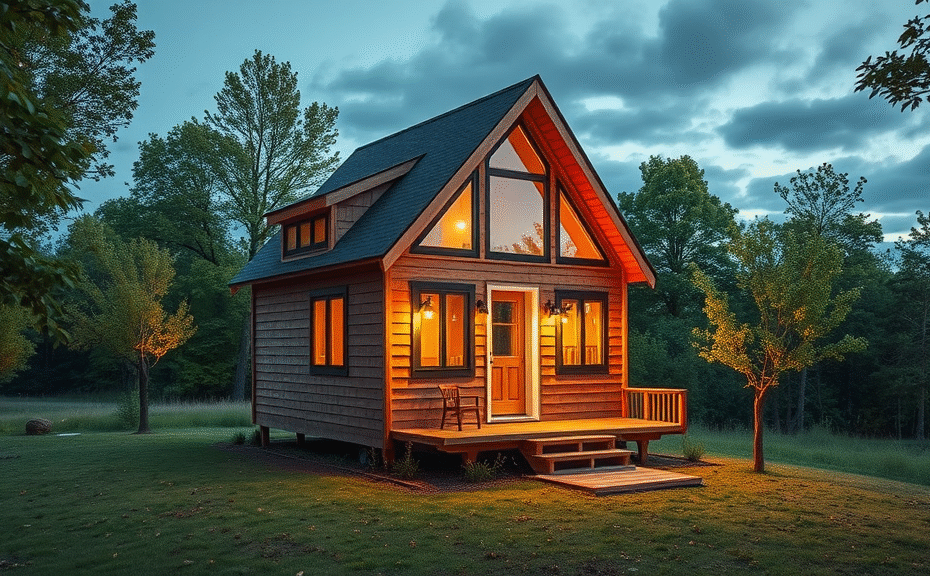Challenges of Living in Tiny Homes
While tiny homes may appeal for their minimalism and affordability, they often come with significant drawbacks that make them a less practical housing option. One primary concern is the limited space, which can lead to feelings of claustrophobia and discomfort. Unlike traditional homes, tiny homes typically offer less than 500 square feet, restricting movement and reducing storage options drastically.
Limitations in Functionality and Comfort
Many tiny homes sacrifice essential amenities due to their compact size. Kitchens, bathrooms, and living areas are often downsized to the point where functionality suffers. This can make everyday tasks like cooking, cleaning, and relaxing more difficult and less enjoyable. Additionally, privacy is a major issue, especially for families or couples sharing the confined space.
Legal and Zoning Complications
Another critical factor that highlights why tiny homes can be a bad idea is the often complicated legal landscape. Zoning laws and building codes in many locations do not easily accommodate tiny homes, leading to challenges in finding suitable, legal places to park or build them. This can result in costly fines or forced relocation for tiny home owners.
Resale Value and Investment Concerns
Financially, tiny homes may not be the soundest investment. The resale market for tiny homes is limited, resulting in potential losses when owners try to sell. Traditional homes typically appreciate, but the niche market for tiny dwellings often means slower sales and fluctuating demand, which can deter prospective buyers.
Maintenance and Durability Issues
Lastly, tiny homes sometimes face durability issues due to construction shortcuts aimed at minimizing costs and weight. This can lead to frequent repairs and higher maintenance expenses, negating the initial savings and causing long-term inconveniences.
